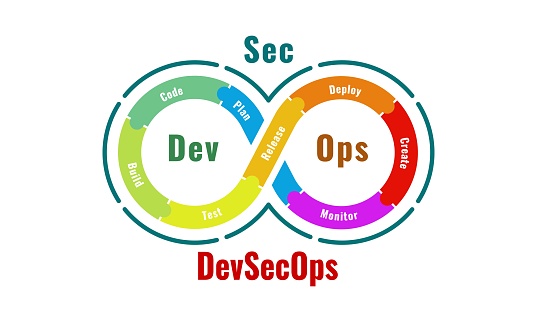Embracing DevSecOps Transformation: A Paradigm Shift in Software Development
In the ever-evolving landscape of software development, organizations are continually searching for ways to deliver high-quality software faster and more securely. DevSecOps, a term that combines Development, Security, and Operations, represents a transformative approach that has gained immense popularity in recent years. It goes beyond mere automation and integration of tools; DevSecOps represents a cultural shift towards embedding security into every stage of the software development lifecycle. This article explores the essence of DevSecOps transformation and why it has become a critical component for modern software development.
The Genesis of DevSecOps:
Traditional software development processes often treated security as an afterthought, leading to vulnerabilities and potential threats being discovered late in the development cycle or even after deployment. DevSecOps emerged as a response to this flawed approach, advocating for the incorporation of security practices at the earliest stages of development.
The Core Principles:
-
Automation: DevSecOps places a strong emphasis on automation, enabling the rapid and consistent testing of code for security vulnerabilities. Automated testing tools scan code for vulnerabilities, ensuring that security checks are an integral part of the development pipeline. This reduces the chances of human error and accelerates the identification and remediation of security issues.
-
Collaboration: DevSecOps fosters a culture of collaboration among development, security, and operations teams. This cross-functional collaboration ensures that security is not a roadblock but an essential component of the development process. Regular communication and shared responsibilities help break down silos and improve overall security posture.
-
Continuous Monitoring: In the DevSecOps model, security is not a one-time event but a continuous process. Continuous monitoring and feedback loops allow teams to identify and address security concerns throughout the development lifecycle. This proactive approach helps organizations stay ahead of emerging threats.
-
Shift-Left Security: DevSecOps advocates for "shifting left" – moving security practices as early as possible in the development process. This means integrating security checks in the planning, design, and coding phases, reducing the cost and effort required to fix vulnerabilities later in the development cycle.
Benefits of DevSecOps Transformation:
-
Enhanced Security: By integrating security practices from the outset, DevSecOps reduces the chances of vulnerabilities making their way into production. This results in more secure software and helps organizations protect sensitive data and customer trust.
-
Faster Time to Market: While it may seem counterintuitive, DevSecOps can accelerate the software development process. Automated security checks and continuous monitoring ensure that issues are identified and resolved quickly, reducing delays caused by security concerns.
-
Improved Compliance: Many industries have stringent regulatory requirements for data protection and security. DevSecOps can help organizations meet these compliance standards by ensuring security is an inherent part of the development process.
-
Cost Savings: Detecting and fixing security issues early in the development cycle is less expensive than addressing them in later stages or after deployment. DevSecOps reduces the cost of remediation and potential damage from security breaches.
Challenges of DevSecOps Transformation:
While the benefits of DevSecOps are undeniable, the transformation can be challenging. Here are a few common hurdles:
-
Cultural Resistance: Changing the culture of an organization is often the most difficult aspect of DevSecOps transformation. Resistance to change, especially from traditional siloed teams, can impede progress.
-
Skill Gap: Implementing DevSecOps requires a certain level of expertise in security practices and automation tools. Organizations may need to invest in training or hire skilled professionals to bridge this gap.
-
Tool Integration: Choosing and integrating the right set of security tools into the development pipeline can be complex. Compatibility issues and tool management can be challenging.
Conclusion:
DevSecOps transformation represents a pivotal shift in how organizations approach software development. It aligns security objectives with development goals, fostering collaboration and automation to deliver more secure software faster. While the journey to DevSecOps may present challenges, the long-term benefits in terms of security, efficiency, and cost savings make it a worthy endeavor for any organization committed to delivering high-quality software in the modern era. Embracing DevSecOps is not just a choice; it's a necessity for staying competitive and resilient in an increasingly digital world.
Baca juga: UNVEILING THE POWER OF CLOUD STRATEGIC SOLUTIONS: UNLOCKING EFFICIENCY AND INNOVATION

